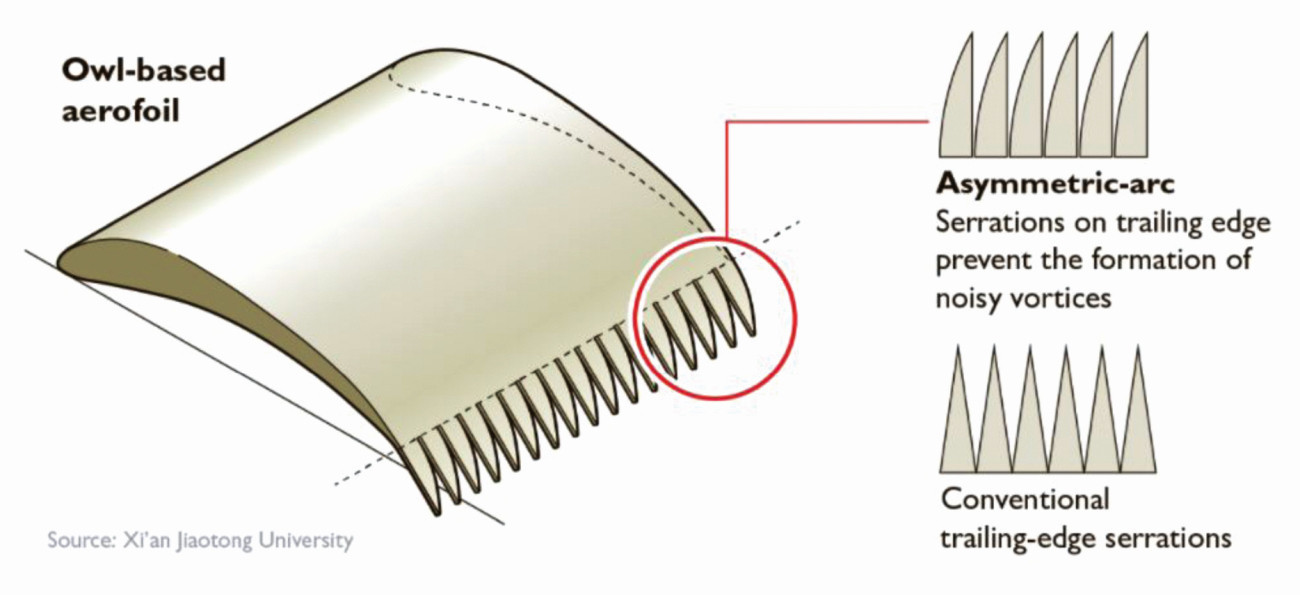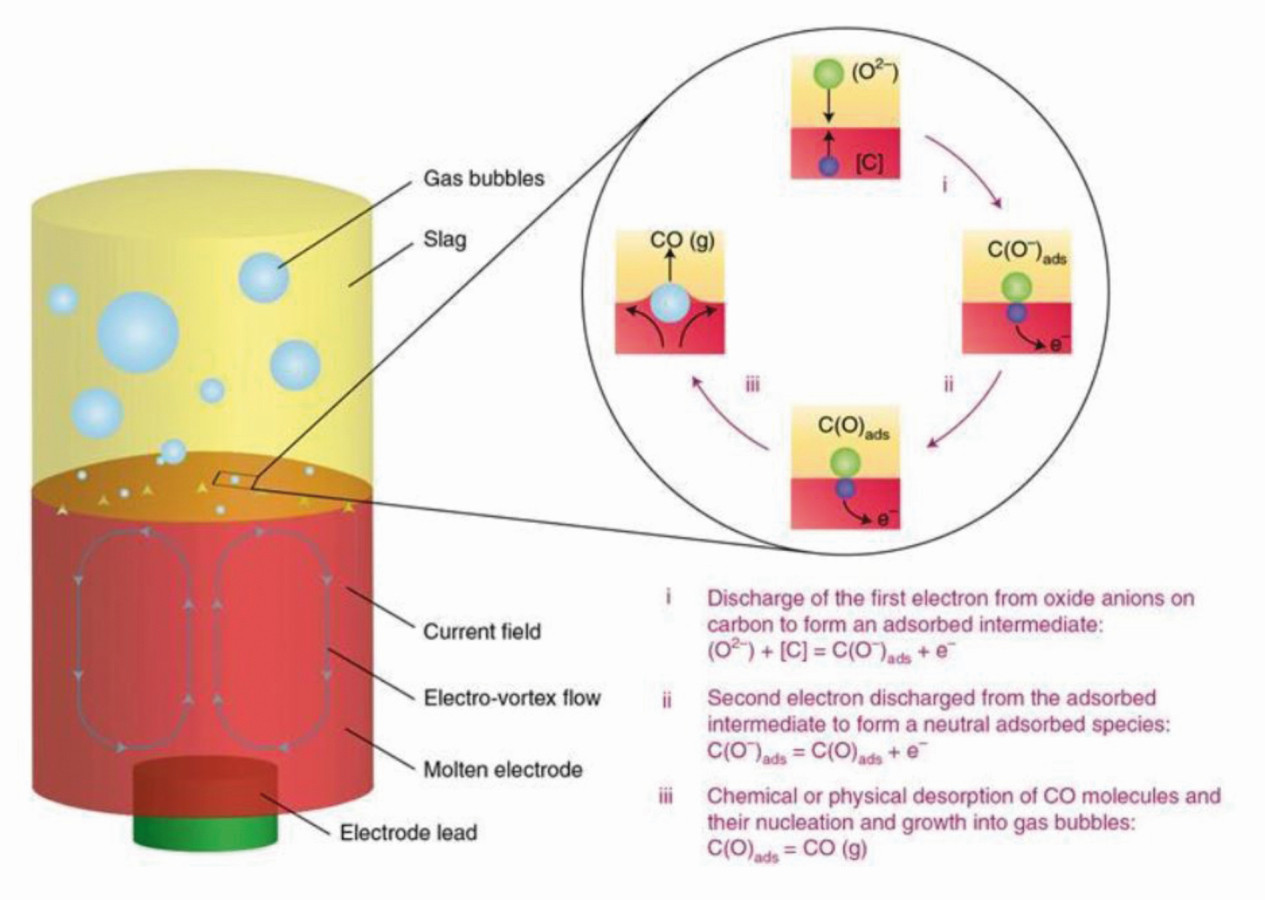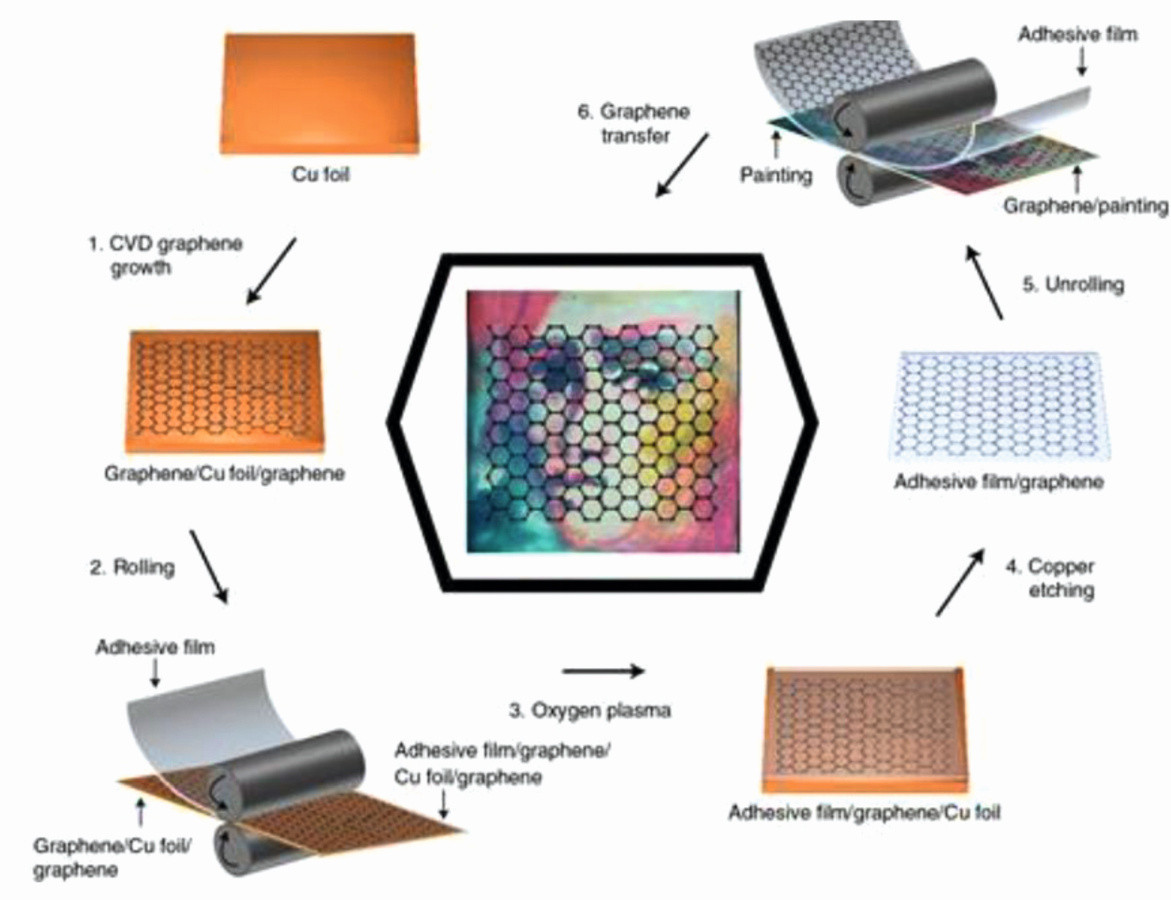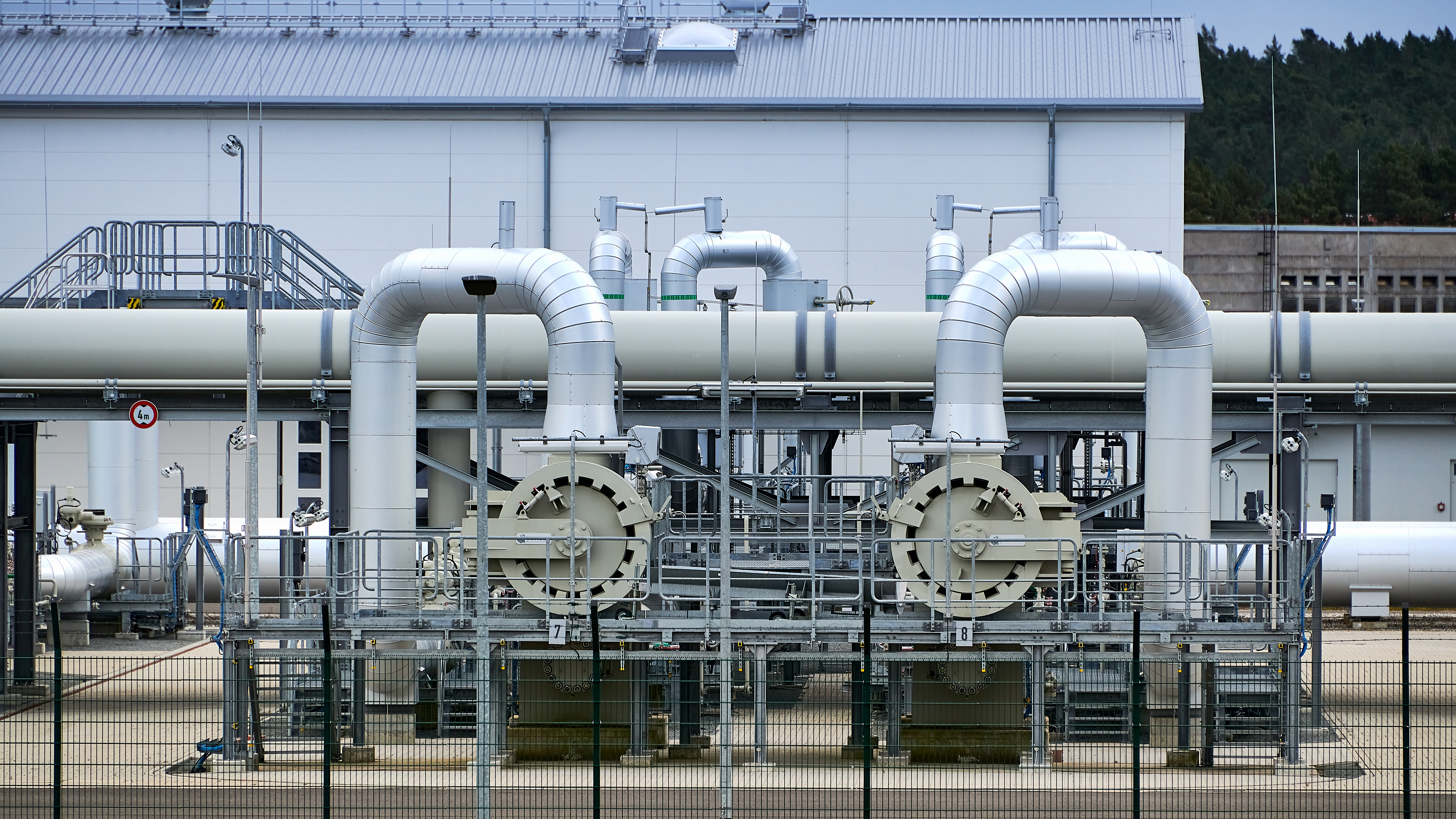Everything has changed in just one month
We were slowly recovering from the pandemic, looking forward to a normal, happy summer - and now everything has changed. Not since 1945 have we here in Europe seen such images of widespread destruction and human bloodshed and misery as we are now seeing daily from Ukraine. We hope and pray that this war will not spread to the rest of Europe, but it has already begun to affect us in other ways. I feel guilty about what I am about to discuss below, because the changes I am discussing, while reflecting the consequences of the conflict for us, cannot outweigh the daily horror in Ukraine.
There is no doubt that we have a very difficult year ahead of us, which will affect us all in different ways. Let me start with Nordstream 2, the 10 billion euro gas pipeline from Russia to Greifswald. The project has been completed, but it now seems unlikely that the pipeline will ever go into operation. The owner is the Swiss company Nordstream 2 AG. Gazprom paid half the cost of the pipeline, the rest was financed by Shell, OMV Austria, Engie (FR) as well as Uniper and Wintershall (both D). It is difficult to imagine how these investors will ever recoup their costs. Figure 1 shows the terminal near Greifswald. What will happen there now? Nordstream 2 AG has apparently filed for insolvency and laid off all its employees. Many of the global oil companies had previously made very large investments in Russia and some of them have recently announced that they will pull out. Shell has pulled out of a joint venture with Gazprom and BP has done the same with its 20% stake in Rosneft. Both companies could suffer major losses. It is unclear what will happen to Total Energie (FR) and ENI (IT). Russia has now declared all Russian patents owned by "unfriendly states" to be invalid.
Sanctions
Numerous sanctions have been imposed on Russia, which are already having a negative impact. As I write, the Russian rouble has lost around 40 % of its value against the US dollar. But these sanctions are also hurting us. Many European companies, which sell everything from cars to hamburgers, have withdrawn from Russia. They have done profitable business there and will therefore suffer a loss of income and, in many cases, a loss of investment. Vladimir Putin has now imposed counter-sanctions on the export of some products from Russia to the West. Some businessmen will unfortunately be tempted to circumvent the sanctions dishonestly by routing their exports via a third country. Inflation could reach 10% here in Europe and fuel costs have more than doubled in some cases. Most Russian airlines use Boeing or Airbus aircraft. About 50 of them were outside Russia when the sanctions came into force, but about 450 of these planes are still in Russia. Almost all of them are not owned by Russian airlines, but are leased to US or European companies. They were registered in countries such as Bermuda (a tax haven). Now they have been re-registered in Russia, which means that they no longer have valid airworthiness certificates. This in turn means that they and their passengers are no longer insured. The value of these 450 aircraft is around 12 billion dollars. Nobody knows what will happen to them.
Independence
The crisis has brutally exposed our dependence on Russia to meet our energy needs. Many European countries are now trying to establish alternative oil and gas supplies from the Middle East. Germany is therefore currently building a new LNG (liquefied natural gas) terminal in Brunsbüttel for imports from the Middle East. But how wise is it to rely on this energy source in view of the many conflicts in the Middle East? For me, the answer is clear. In the short term - as painful as it is - we will have to increase our use of coal, the dirtiest of all fossil fuels. The French have a saying: "Reculer pour mieux sauter" i.e. take a step back to be able to jump further. And so we should see increased use of coal as a short-term measure until we have built up enough renewable energy sources. Many friends of Germany have praised the fact that public opinion in Germany has changed so quickly in the face of the crisis. This includes the opinion of many Germans on nuclear power. In addition, Russia and Ukraine supply about a third of the world's wheat.
What now?
The pandemic has cost many billions and emptied our state coffers. But now we will have to spend more than ever. Food and fuel will become more expensive, as will almost everything else. Poorer people are facing the choice between "heating or eating". Many European countries have decided to increase spending on their military. And what about Russia? Historians remind us that the collapse of the Soviet Union was largely due to excessive military spending. Even today, Russia spends far more per capita than any other European country (though not compared to the US). So will history repeat itself? At present, President Putin seems to have absolute power and Russian law allows him to stay in power for another 10 years after the end of the current term - until he is 83 years old. It seems clear that he dreams of rebuilding the former Soviet Union. Next in his sights could be the Republic of Moldova. But the leaders of the former Soviet Union, unlike many leading Russians today, were not corrupt and certainly not billionaires and oligarchs. A fascinating book was recently published - "Putin's People "*, which details how those close to Putin became billionaires. Many of them through deals made by Bank Rossiya. Russia tried unsuccessfully to prevent this book from being published. Is President Putin crazy? I don't think so. But two recent photos from the Kremlin (Fig. 2 and 3) tell their own story. Vladimir Putin is seen more like a medieval king. Notice the men standing at attention in front of the doors. I don't think Putin is crazy, but some experts think he has serious health problems. They note his puffy face - a characteristic of someone who takes steroids, and steroids are known to affect people's behavior.
The Russian military machine
The war in Ukraine has made it possible for external experts to assess the efficiency of the Russian war machine for the first time, and it has not been impressive. There are many reports of equipment shortages, substandard rubber tires, fuel and food shortages and breakdowns in communications, with the army forced to use cell phones to communicate with each other. So Ukraine can listen in. NATO countries are not involved in the war in Ukraine, but they have supplied the Ukrainian army with some of the most modern equipment such as anti-tank missiles and anti-aircraft missiles. In addition, there is the Turkish drone Bayraktar TB2, which is suitable for destroying Russian tanks (Fig. 4). Ukraine purchased around 50 of these drones in 2019.
Conclusion: Russia has, as many have long suspected, turned out to be a hostile state. Food, fuel and almost everything else will become more expensive. There will be a bigger wave of immigration than in 2015. We will have to spend more on defense - so taxes will go up. Events in Ukraine will accelerate our transition to self-reliance, especially towards "green energy". We need to rethink nuclear power in my opinion. Eventually the war will end and the Russian people will pay a high price for it - as the Ukrainians are already doing.
A calmer life
The events in Ukraine are acting as a "technology accelerator" as we now rush to reduce our dependence on Russian oil and gas. Renewable energy sources are becoming increasingly important. Wind turbine technology appears to be almost fully developed - and yet local people are often opposed to the installation of new wind turbines. One of the reasons for this is the noise of the wind turbine blades, which often rotate 24 hours a day. Can their noise level be reduced? Electric drones are also a new part of our lives, and they too are quite noisy. Work is being done to solve these problems and, as is so often the case, nature could provide a solution. The owl in particular is known for its silent flight when hunting its prey. Normally, an owl flies 18 decibels quieter than other birds. Chinese scientists are now modeling the wings of an owl to apply the principle to wind turbines and drones. Figure 5 shows a model of a new wing based on that of the owl. Thanks to curved elements on the trailing edge, the formation of air vortices and therefore noise is greatly reduced.
 Fig. 5: Low-noise wing based on an owl's wing (courtesy of Xi'an Jiaotong University)
Fig. 5: Low-noise wing based on an owl's wing (courtesy of Xi'an Jiaotong University)
Source: L Wang et al. Physics of Fluids 33, 015123 (2021);
https:// doi.org/10.1063/5.0035544
Low-tech energy for Africa
 Fig. 6: The new AceOn sodium battery packTherecent rise in energy prices is unwelcome for all of us. But for the world's poorest people, who cook mainly with kerosene, these price rises are a disaster. Portable gasoline generators are also widely used in Africa, and here too the sharp rise in gasoline prices has affected millions of users. In sub-Saharan Africa, less than 50% of the population has access to an electricity grid. A company in England is developing a low-cost alternative based on solar panels and a sodium battery. AceOn (www.aceongroup.com) is working with GoodWe (www.en.goodwe.com), a company that specializes in solar-powered DC/AC inverters. Figure 6 shows the new AceOn battery pack that can be used with solar cells. Recently I wrote about an Australian company that also makes similar packages with solar panels and battery storage for off-grid homes and offices. I think we are seeing the beginnings of a whole new business sector here.
Fig. 6: The new AceOn sodium battery packTherecent rise in energy prices is unwelcome for all of us. But for the world's poorest people, who cook mainly with kerosene, these price rises are a disaster. Portable gasoline generators are also widely used in Africa, and here too the sharp rise in gasoline prices has affected millions of users. In sub-Saharan Africa, less than 50% of the population has access to an electricity grid. A company in England is developing a low-cost alternative based on solar panels and a sodium battery. AceOn (www.aceongroup.com) is working with GoodWe (www.en.goodwe.com), a company that specializes in solar-powered DC/AC inverters. Figure 6 shows the new AceOn battery pack that can be used with solar cells. Recently I wrote about an Australian company that also makes similar packages with solar panels and battery storage for off-grid homes and offices. I think we are seeing the beginnings of a whole new business sector here.
High-purity, high-tech steel from scrap metal
In Canada, a new method of electrochemically removing carbon from steel in the recycling process has been developed to produce ultra-pure, low-carbon steel. The researchers believe that the required technology could potentially be integrated into secondary steel mills to enable the recycling of high-carbon steel into purer, higher-grade metals that are in high demand in the high-tech industry.
With climate change and waste disposal a growing concern and the steel industry - which requires coal or coke as a reducing agent to extract oxygen from iron ore - responsible for around 7% of all man-made carbon emissions, the recycling of scrap steel is becoming increasingly important. Many high-tech industries such as electronics and automotive rely more than ever on ultra-low carbon steels, sometimes containing less than 0.003% carbon and used for thin body parts or precision alloys. However, much of the recycled steel scrap is relatively high-carbon 'hard' steel. In the industry, the carbon is removed from the molten iron by blowing oxygen through the iron. The process of reducing the carbon and producing ultra-low carbon steel often requires multiple steps and multiple reagents and results in the loss of some of the metal. In conventional recycling, the steel scrap is melted in an electric arc furnace with a mixture of reagents, known as slag, to remove the impurities. Recycling plants are therefore already set up to use electricity. With this in mind, the researchers developed a second process in which the molten slag was used as an electrolyte. "We had to apply an electrochemical potential across the ceramic electrolyte between the molten iron and another electrode," explains the chemical engineer who led the research project. The process is shown in Figure 7.
 Fig. 7: Electrochemical refining of steel scrap with molten slag
Fig. 7: Electrochemical refining of steel scrap with molten slag
The carbon in the anode made of molten iron was oxidized by the oxygen from the silicon dioxide in the slag, producing carbon monoxide that escaped in bubbles. The silicon ions were reduced to metallurgical-grade silicon at the molybdenum cathode, which can potentially be used to alloy the recycled steel. The researchers found that their process reduced the carbon content of the molten iron from 3.78% to 0.84% and could upgrade iron with a carbon content of 0.005% to 0.001%. They are now working on scaling up the process and investigating the removal of other impurities using the same principle.
Materials scientist Katrin Daehn from MIT in the USA is fascinated. "This is an important step forward in improving existing recycling technologies," she says. It would be really exciting to use electrowinning for impurities such as copper, tin or phosphorus, which are sometimes present in secondary steel and for which there is currently no good process to recover them.
Source: W D Judge, J Paeng and G Azimi, Nat. Mater., 2021, DOI: 10.1038/s41563-021-01106-z
Protecting our art heritage
A transparent layer of graphene just a few atoms thick can prevent the fading of pigments in paintings by protecting them from UV light, moisture and air pollutants. Color fading is a major problem for painted artworks. Vincent van Gogh's famous sunflower paintings, for example, contain light-sensitive lead pigments. Originally bright yellow, they have turned greenish-brown over time. A graphene film reduces the fading of the colors by 70 %, according to the researchers behind this work. While the exact extent of the protection depends on the colors and the pigment substrate, "it is roughly equivalent to 200 years of exposure under the conditions found in museums or other exhibition environments," said Costas Galiotis, from the Foundation for Research and Technology Hellas in Greece, who led the study. "Graphene absorbs a considerable amount of ultraviolet light, depending on the number of layers, and is a very good barrier against oxygen and moisture," explains Galiotis. Graphene prevents the colors from fading by simultaneously reducing the incident harmful radiation and delaying the diffusion of oxidizing agents.
Galiotis and his colleagues have developed a machine with which the graphene layer, which is only a few atoms thick, can be applied to a painting. Thin graphene lattices are used, which are grown by vapor deposition on a copper substrate and transferred to an adhesive film. Two rollers gently press the painting and the foil together and then peel off the foil so that only the graphene layer remains. Figure 8 shows the process flow. The researchers exposed colored panes protected by graphene layers to high levels of light, heat and humidity - in other words, an artificial aging process. They also investigated the effects on a painting - Indian ink on glossy paper - by covering one half with their graphene veil and leaving the other half unprotected. After the painting had been in the aging chamber for more than 1000 hours, the colors on the unprotected half had faded noticeably - but the colors protected by the graphene film remained intact.
 Fig. 8: Application of graphene thin films to protect paintings
Fig. 8: Application of graphene thin films to protect paintings
Narayan Khandekar, Director of the Straus Center for Consolation and Technical Studies at the Harvard Art Museums in the USA, explains that museums limit color fading by storing paintings in dark rooms and displaying them only for short periods under low-energy lighting. But most paintings in private homes receive no such treatment, he says. The idea of a protective graphene layer is "really compelling - it seems to mitigate a lot of light damage and is easy to remove. So I think it has great potential". However, he points out that paintings are often protected by a special layer of resin or varnish - the researchers now need to investigate how this interacts with the graphene veil.
Source: M Kotsidi et al, Nat. Nanotechnol., 2021, DOI: 10.1038/s41565-021-00934-z


